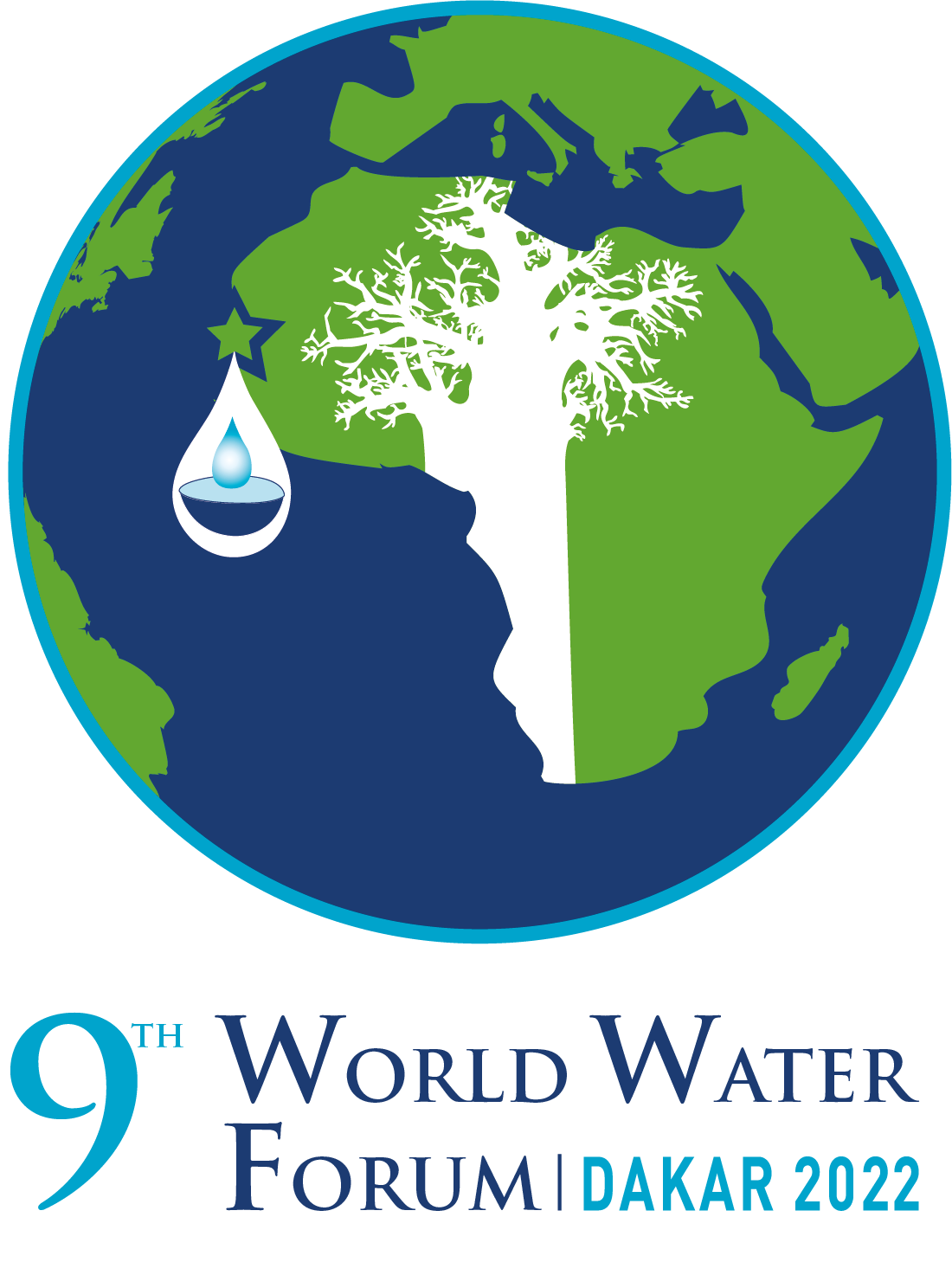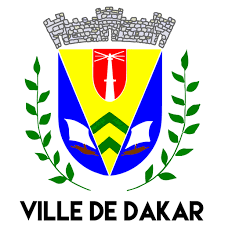Towards action: maximize the inclusion of youth, migrants and women into rural development and mitigate the water related root- causes of migration
The 2F3 session's main objective is to promote water resource management experiences/initiatives in rural areas, implemented in climatic contexts characterized by frequent water scarcity, possible root-cause of migratory phenomena, both internal (from rural to urban) and to neighboring countries.




